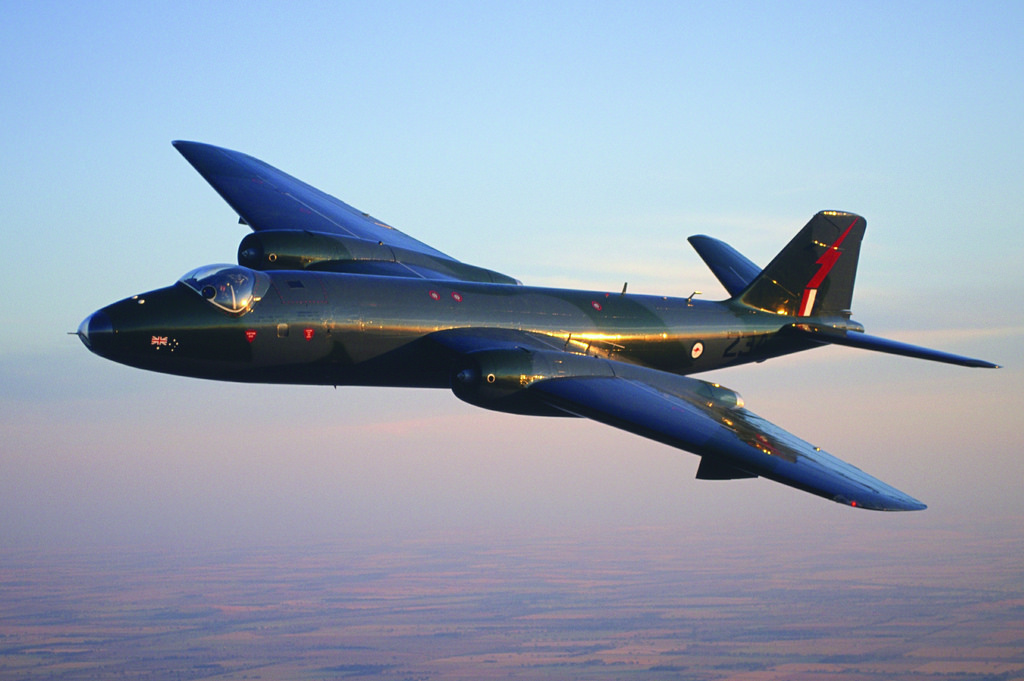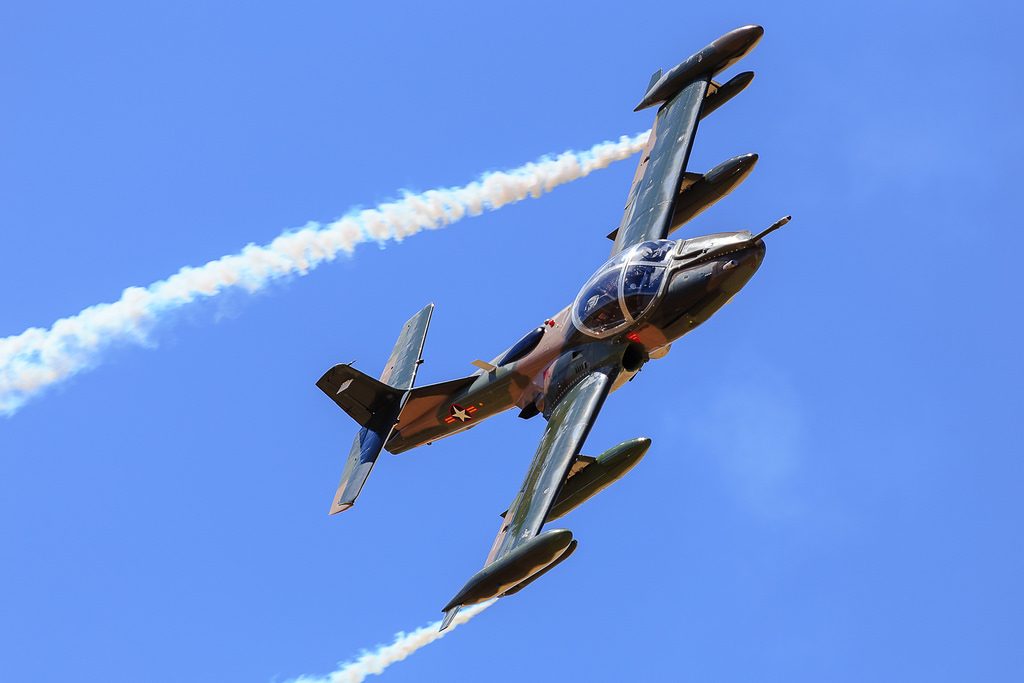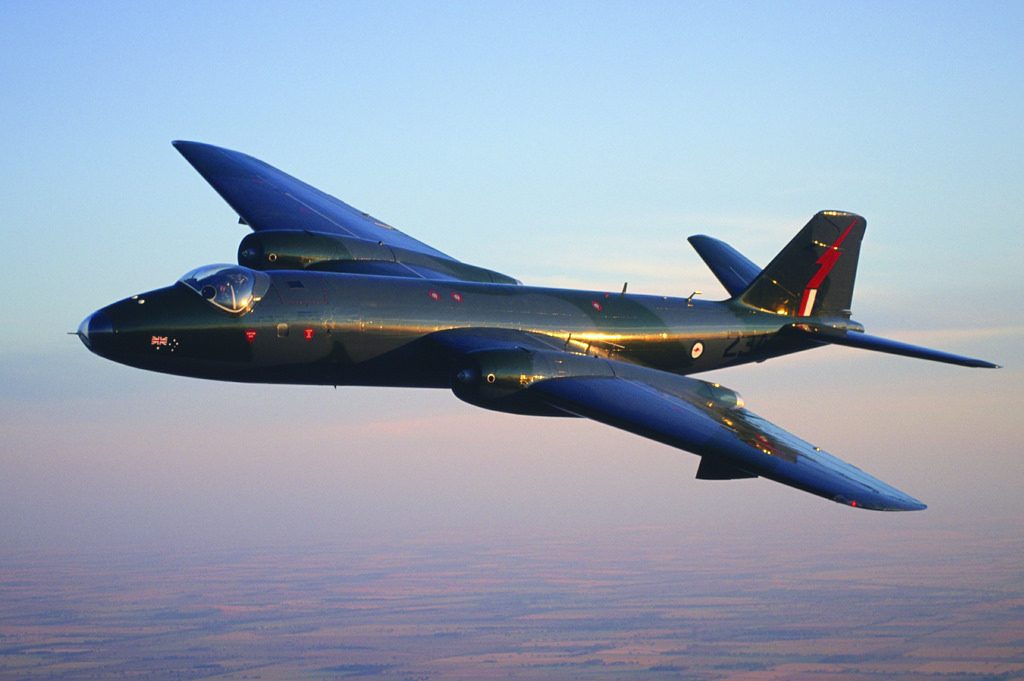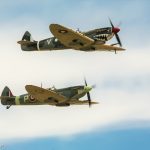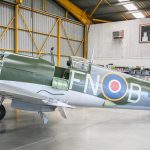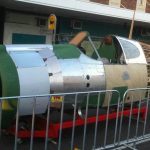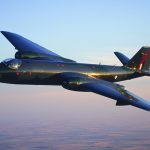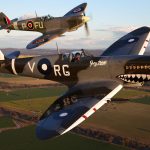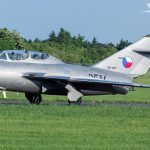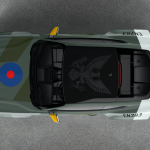Warbirds Downunder will be returning to the warbird air show scene in Australia during 2018. Historically, this event, held in Temora, New South Wales, has taken place during November. However, after much consultation, the event organizers have decided to bring the show forwards to October 12th and 13th, 2018 in order to avoid the hotter weather conditions experienced during previous years.
Warbirds Downunder 2018 will encompass both an evening air show on Friday October 12th and a full air show program on Saturday October 13th. If you missed out on acquiring Premium Tickets for Warbirds Downunder 2018, you now have the opportunity to secure some fantastic seats. Due to a recent cancellation, we now have a limited number of 2-Day Gold Passes and 2-Day Flightline Premium Grandstand tickets available. For prices and inclusions please click HERE.
As always, the Temora Aviation Museum, with its large collection of historic warbirds, will provide the backbone of the air show lineup. Here is a quick update on the museum’s Cessna A-37B Dragonfly, which will fly in the air show, and the English Electric Canberra TT.18 which is still undergoing restoration to flying condition.
Cessna A-37B Dragonfly
The museum’s Cessna A-37 Dragonfly (civil registered in Australia as VH-XVA) performed during the Aircraft Showcase for its first public appearance in over twelve years on Saturday June 9th, which was a huge occasion for the Temora Aviation Museum and its talented team of engineers. Two weeks ago, Darren “Buster” Crabb flew this Dragonfly for a series of initial test flights. Buster commented that he was feeling extremely pleased with all the restoration work done on the aircraft. For those who don’t know, the Cessna A-37B Dragonfly is a development of the T-37 Tweet, originally designed in 1952 as a trainer for the US Air Force. The A-37B in its current configuration is a light ground attack aircraft which served in the COIN (counter insurgency) role.
The US Government supplied 254 Cessna A-37B Dragonfly’s to the Republic of Vietnam Air Force (VNAF) during the Vietnam War. Throughout the war, A-37s flew extensively in support of Australian ground forces, with Australian Forward Air Controllers, or FACs, directing many of their missions from the front lines.
After the fall of South Vietnam in 1975, ninety-five VNAF A-37B aircraft fell into the victors’ hands, with the Vietnamese People’s Air Force absorbing them into their fleet. The aircraft in the Museum’s collection were among those captured. Their new “owners” used them in active service and they played a part in several regional conflicts involving Vietnam.
In 1989, the late Colin Pay, who rebuilt the Museum’s Spitfire, and Noel Vinson found several Dragonflys in Vietnam. Subsequently, they purchased ten examples from the Government of Vietnam and brought them to Australia. They had these aircraft fully restored to flying condition, with David Lowy acquiring a pair of them. Lowy later donated these two A-37Bs to the Temora Aviation Museum: VH-XVA in December 2000, and VH-DLO in November 2001.
After the Temora Aviation Museum’s Engineering Team lavished an extensive restoration program on VH-XVA, the aircraft returned to flight in 2018 and she regularly participates in Aircraft Showcase Days.
English Electric Canberra TT.18
The Canberra Bomber project is attracting a lot of attention and the museum is pleased to advise everyone that the major maintenance is
The English Electric Canberra design dates back to the late 1940s. It has an all-metal, semi-monocoque fuselage with a cantilevered wing and, oddly enough, a wooden vertical stabilizer. English Electric, Avro, Short Brothers and Handley Page manufactured 900 examples in their UK factories from 1948, while the Government Aircraft Factory built 49 in Australia. The U.S. Air Force also bought the Canberra as a replacement for the Douglas A-26 Invader medium bomber. They selected the Glenn L. Martin Company to modify the design and manufactured them in the USA as the Martin B-57. Martin built 403 B-57s.
As many readers will know from previous articles at WarbirdsNews, the Temora Aviation Museum’s Canberra TT.18 served in the RAF as WJ680. She entered service in December 1955 as part of 551 Wing RAF Bomber Command, based at RAF Gütersloh in Germany. However, in February 1956 she suffered damage in an accident which resulted in a 12 month removal from service. Shortly after her repairs and return to 59 Squadron, the aircraft again suffered extensive damage from a bird strike during a low level training mission, damaging the canopy, engine cowlings, tailplane and the wooden fin fitted to the UK-built machines.
Repaired yet again, the aircraft was reassigned to a UK based maintenance unit where she remained in storage for ten years. In 1967, WJ680 left storage for conversion by British Aerospace to TT.18 standard, carrying the Rushton-designed target-towing system. However, following the rework, she again entered storage, this time until 1971. In December 1972, the unlucky Canberra was involved in yet another incident, which resulted in the navigator ejecting for safety reasons. More repairs followed and she returned to service with RAF 7 Squadron on target towing duties, flying with them until 1980, this time without incident. She then returned to British Aerospace at Salmesbury for major servicing.
After the overhaul, WJ680 joined 100 Squadron where she remained on strength until December 18th, 1991, the date of her last flight in RAF service. She then went into open storage at RAF Wyton until the British Ministry of Defense sold her to Ron Mitchell in 1992. In 1994, now on the British registry as G-BURM, the Canberra made her first air display under civilian ownership, flying at Duxford.
The Temora Aviation Museum acquired WJ680 in May 2001. Upon acquisition, the Museum repainted her to represent a Canberra flown by Royal Australian Air Force 2 Squadron during the Vietnam conflict. The aircraft is maintained in excellent condition and remains to this day the only flyable English Electric Canberra in Australia.







